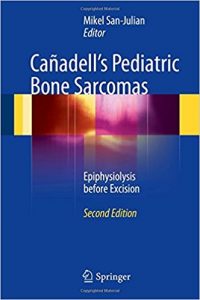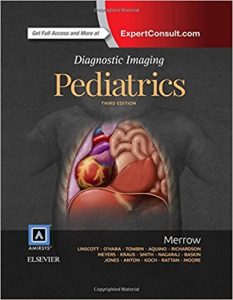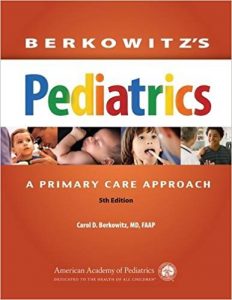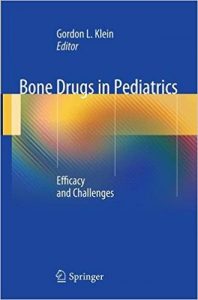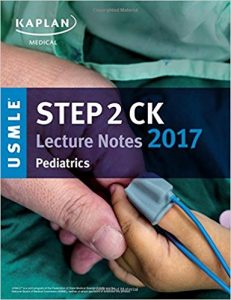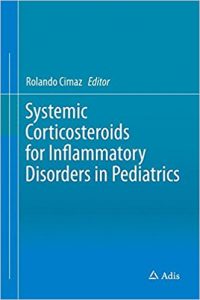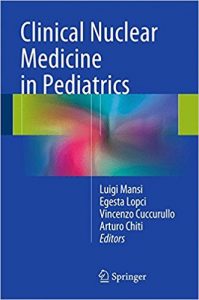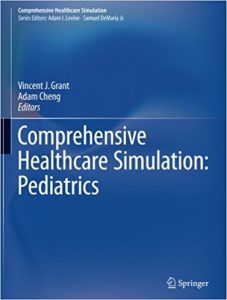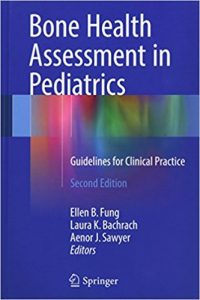Atlas of Acquired Cardiovascular Disease Imaging in Children 1st ed. 2017 Edition
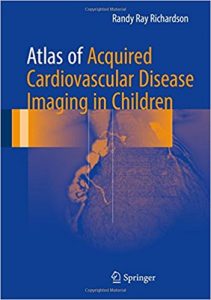
[amazon template=iframe image2&asin=3319441132]
This atlas is a concise visual guide to the imaging of acquired heart disease in infants, children, and adolescents. Imaging plays an ever-increasing vital role in diagnosis, preoperative planning, and postoperative management for children with these disorders. The book reviews techniques for lowering radiation, discusses protocols for imaging in children, and provides recommendations for the most appropriate studies that decrease the time and cost of imaging these patients. Focusing on functional and anatomic imaging with an emphasis on three-dimensional color-coded models derived from CT and MR scans, this book promotes understanding of cardiovascular disorders in children, including infectious, neoplastic, and metabolic diseases. Atlas of Acquired Cardiovascular Disease Imaging in Children is a valuable resource through which cardiologists, radiologists, pediatric cardiothoracic surgeons, and residents can improve the quality and treatment of pediatric and adolescent patients with acquired heart disease.

